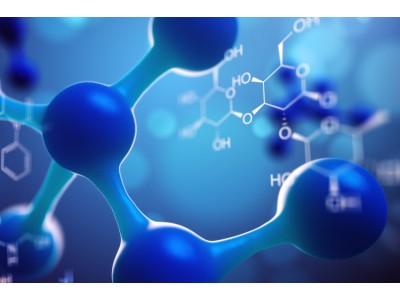| Bioactivity | DPA-714 is a high affinity translocator protein (TSPO) ligand (Ki=7 nM), which is designed with a fluorine atom in its structure, allowing labelling with fluorine -18 and in vivo imaging using positron emission tomography. 18FDPA-714 successfully evaluates for the specific imaging of inflammation in various models of neuroinflammation and in a brain tumor model[1][2]. | ||||||||||||
| Target | Ki: 7 nM (TSPO) | ||||||||||||
| In Vivo | [18F]DPA-714 binding significantly increases in vivo as a result of AD‐like pathology and age in APPswe×PS1Δe9 mice. | ||||||||||||
| Name | DPA-714 | ||||||||||||
| CAS | 958233-07-3 | ||||||||||||
| Formula | C22H27FN4O2 | ||||||||||||
| Molar Mass | 398.47 | ||||||||||||
| Appearance | Solid | ||||||||||||
| Transport | Room temperature in continental US; may vary elsewhere. | ||||||||||||
| Storage |
|
||||||||||||
| Reference | [1]. James ML, et al. DPA-714, a new translocator protein-specific ligand: synthesis, radiofluorination, and pharmacologic characterization. J Nucl Med. 2008 May;49(5):814-22. [2]. Harhausen D, et al. Specific imaging of inflammation with the 18 kDa translocator protein ligand DPA-714 in animal models of epilepsy and stroke. PLoS One. 2013 Aug 2;8(8):e69529. |
